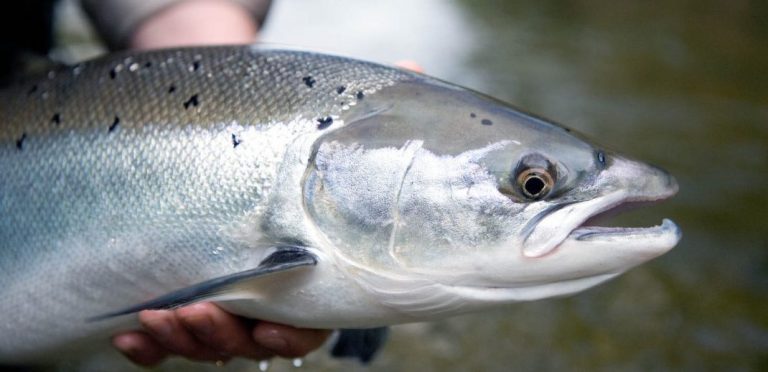The team at Fish and Fly and our extensive membership have for many years supported various conservation charities not least the highly important salmon charities that remain committed to halting the decline in Atlantic salmon numbers. The following article by Jon Gibb was commissioned by us prior to the untimely death of the indefatigable salmon conservationist Orri Vigfusson to raise awareness of this important subject. We have decided to publish the article in its original form and hope this will encourage debate on the way forward, to in Orri’s words, “return salmon stocks to their natural abundance.”
by Jon Gibb
Atlantic salmon fishing in the UK is in crisis. Of that there is little doubt. Even the most eternal optimists amongst us must realise that most salmon fishing trips, even to the top beats on premier rivers, are an exercise in hope rather than expectation these days.
The Challenges Facing Atlantic Salmon
Bob Dylan once sang that “You don’t need a weatherman to know which way the wind blows.” Talk to any time-served angler or countryman on riverbanks up and down the country and they will tell you a tale of disappearing runs and empty pools. The work of the army of fisheries scientists and researchers only serves to underpin this depressing knowledge with facts and figures.
It’s a sobering fact, for instance, that the widely-accepted view is that there are two thirds less salmon entering UK waters than there were just 30 years ago.
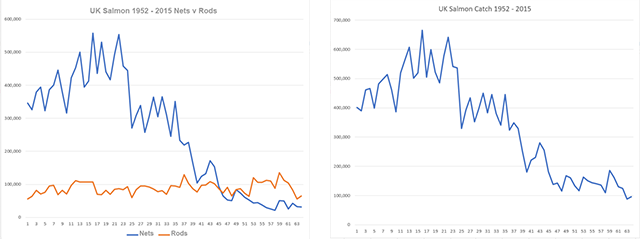
While up to 35% of smolts entering the sea used to return to our rivers to breed, now that figure could be under 5% on most rivers. The only reason that rod catches have not collapsed completely is that 250,000 salmon used to be netted around our coastline. Over the years many of these netting stations have been closed down on conservation grounds. However the expected extra spawning salmon have simply disappeared, and their absence in the rod returns of rivers simply denotes the enormous ‘black hole’ that has appeared in the Atlantic Salmon population returning to natal UK waters to spawn.
In scientific circles the salmon is known as an ‘indicator species’: They travel the high seas on their oceanic migration picking up clues along the way, which they bring back to freshwater where they can tell us what is happening in the distant waters of the North East Atlantic. And what they have told us so far is that there is no reason to feel that their downward trajectory is about to change any time soon. The ocean is warming at an alarming rate and this will almost certainly affect the salmon’s food quality and availability for some years to come. It is hard to see how this will result in anything other than an extended crisis for the UK salmon fishing industry.
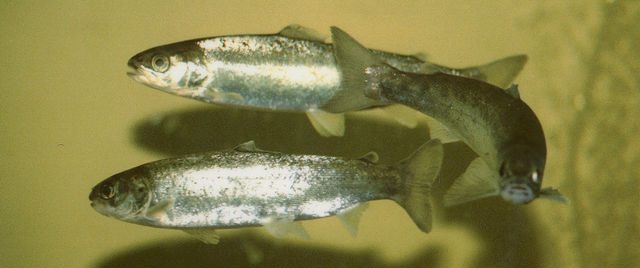
But us anglers are a generous-spirited and benevolent lot; some may even say beyond all rational thinking. If there is even the slightest possibility of saving the species that we all revere so much most of us will do everything in our power to do so – that deep and heart-stopping pull of the salmon as he sucks in the fly arcing across the river is lethally addictive and, like many other drugs, has been known to drive many sane people to spend vast sums of time and money in their craving for another hit. It could be just this obsession that ends up being the eleventh-hour saviour of Salmo salar.
Working as a salmon fishery manager in Scotland the question I am probably asked most frequently by despondent and worried anglers is “What can we do about it all? And which organisations should I be supporting if there is anything that can be done?”
The Cast and Who is Doing What?
There are without doubt a great many organisations and individuals working in the salmon management world trying to untangle the mysteries of the high seas while at the same time controlling the plethora of impacts that are known to impact numbers closer to home.
In Scotland the network of Fishery Boards and Trusts (overseen by the professional body of Fisheries Management Scotland – http://fms.scot) are engaged in a wide range of local initiatives and government lobbying to protect salmon. In England similar work is undertaken by the Environment Agency (www.gov.uk/government/organisations/environment-agency), fishery owners and angling clubs. In Northern Ireland the same role is covered by the Loughs Agency (www.loughs-agency.org). This work represents the very necessary ‘bread and butter’ of fisheries management but inevitably focusses primarily on the freshwater and near-estuary phase of the salmon’s lifecycle. Arguably though, the main problem now lies elsewhere.
This is where the range of independent salmon conservation charities fill a much-needed role in our quest for knowledge and viable solutions. But who is doing what and which ones are going to give any deeply worried salmon angler who wants to contribute, the most ‘bang for his or her buck’?
![]()

Salmon and Trout Conservation UK (www.salmon-trout.org) is the most overtly ‘campaigning’ action group in the country today. Formed over 100 years ago they have a long history of running sustained campaigns against industry, poor land management and other polluting influences on freshwater salmon abundance. In recent times their most high-profile success has been their contribution to the cessation of coastal netting in UK waters, particularly off the coast of Scotland. Due in part to S&TC’s influence in Europe and their particular expertise on the subject, the Scottish Government were forced into a corner over salmon netting and in 2015 they announced a three-year moratorium on coastal nets. This may have come just in time: Stocks have continued to decline in spite of the extra fish having being saved and it seems likely that the netting ban will continue beyond 2018.
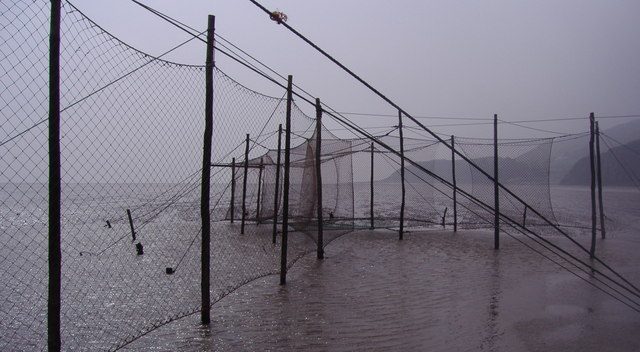
cc-by-sa/2.0 – © Ann Cook – geograph.org.uk/p/259481
Arguably a victim of its own success, S&TC appears to be lacking a clear remit north of the border since its victory with netting. At the time of writing a request for their latest plan of action and funding requirements met with no response, which was surprising and perhaps indicates a lull in their current activities. Nevertheless it is known that they are planning to launch an aggressive campaign to attempt to restore the sea trout populations of Loch Maree in Wester Ross by persuading regulators and industry to relocate the fish farm in Loch Ewe. It should be said however that this adversarial approach is well-trodden ground and one that others who have been involved in the aquaculture debate are gradually moving away from towards a more collaborative-style approach, mindful of the political reality that fish farming in Scotland is a massive £2 billion industry employing 8000 people in remote rural communities.
Nevertheless S&TC will spend your money wisely if you are particularly worried about local freshwater influences from land use in England or the impacts on Scottish sea trout from salmon farming – and you also believe that a direct and fairly hostile approach against seemingly intractable problems is the best (and perhaps the only) way to get results.
![]()

South of the border, the Angling Trust (www.anglingtrust.net) has been busy since 2015 fronting the efforts of Trout & Salmon magazine’s ‘Save our Salmon’ campaign. This resulted in a Salmon Summit being organised in November of that year which included the Environment Agency (EA) who announced a Five Point Approach to addressing the issues facing salmon, pledging to improve marine survival; reduce exploitation by nets and rods; remove barriers to migration/enhance habitat; improve water quality; and safeguard sufficient flows.
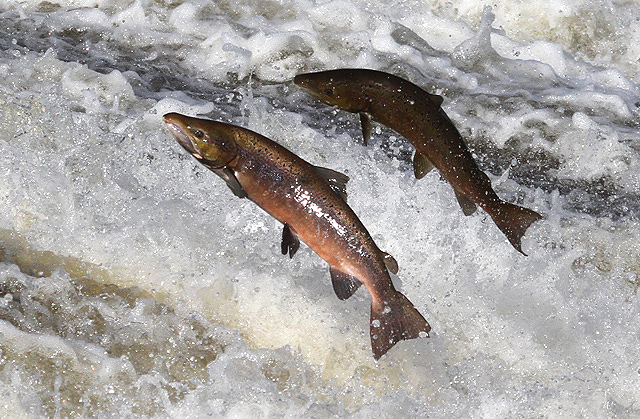
cc-by-sa/2.0 – © Walter Baxter – geograph.org.uk/p/3191883
A set of proposals negotiated with the EA and now approved by their National Board include, “… a 5 or 10-year ban of all netting of fish returning to rivers predicted to be ‘at risk’ or ‘probably at risk’ including all mixed stock fishing, such as the drift nets (due to be phased out in 2022) and the T & J nets off the North-East coast which take vast numbers of fish returning to rivers in both Scotland and England.” In its own words the Angling Trust says, “These fisheries threaten all salmon rivers around the country because they put international agreements with the Greenlanders and Faroese at risk, so it is extremely good news that they might at last be closed.”
In their role as the national representative body for all anglers in England, they have also secured the EA’s support for a preference for voluntary angler support as opposed to the mandatory introduction of catch and release measures across 3-tiered level of risk-assessed English rivers. It should be added that many rivers already voluntarily practice a high catch and release percentage but there are others where it is only in the 50-60% bracket where they’d like to encourage an increase.
![]()
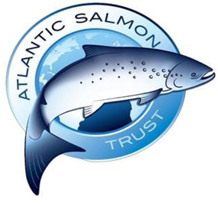
Meanwhile the Atlantic Salmon Trust (www.atlanticsalmontrust.org) – another established stalwart of salmon conservation having celebrated its 50th Anniversary this year – has recently launched a new fundraising drive to underpin a comprehensive programme of action. Their ambitious plans are worthy of our attention, especially as their sights are being set beyond the shores of the UK and on to the salmon’s marine migration paths towards their oceanic feeding grounds.
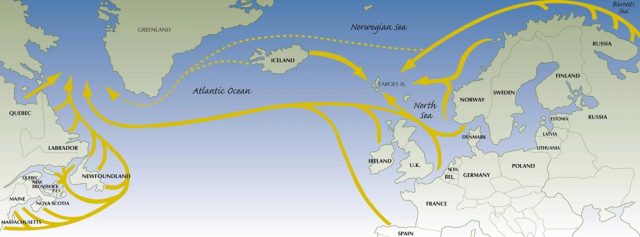
They are a small operation with huge ambitions and aim to raise £500,000 per annum to deliver on their aspirations – personal contributions from as little as £20 per annum are welcomed to become a ‘Friend of the Trust’, while a small group of high net worth individuals will form the ‘Presidents Club’ and are invited to contribute upwards of £5000 per annum over 5 years. A recent scientific symposium, dinner and auction hosted by their patron, HRH The Prince of Wales, at Sion House in London raised over £400,000 in funds. For those wishing to leave a legacy in a will to ensure the survival of the species in the future, the AST are also aiming to grow a £3 million Endowment Fund.
The AST’s scientific director Professor Ken Whelan recently stated that the number of salmon that die in rivers and at sea could be halved if all the threats were identified and then managed or removed. “It’s like a relay race with hurdles“, he said recently, “And it just depends how many hurdles we can take down.”
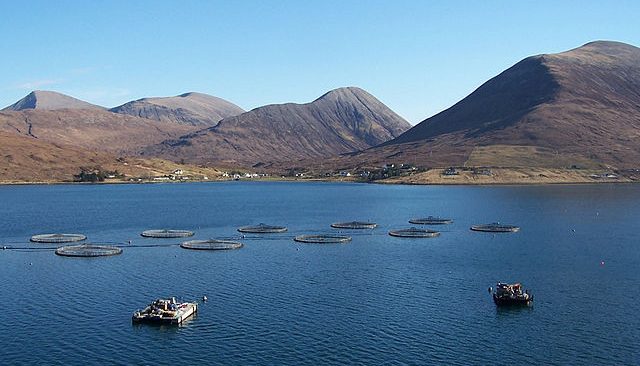
Credit: Richard Dorrell [CC BY-SA 2.0 (http://creativecommons.org/licenses/by-sa/2.0)], via Wikimedia Commons
![]()
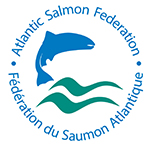
At this point it would be remiss not to also mention the work of the Atlantic Salmon Federation (www.asf.ca) on the other side of the Atlantic, who champion the species across its North American range as well as out to sea. They lobby government, carry out practical river restoration projects and as with most others, provide for science and research to further their cause.
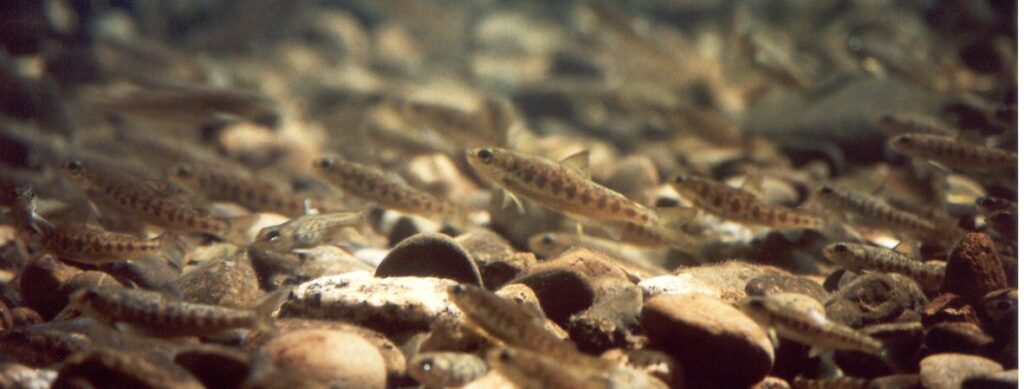
But does all this research really make any difference if there is nothing we can do about it?
Delivering Solutions
I think it was Churchill who once said that “scientists should be on tap but never on top” and nowhere is this truer than in salmon fishery management. It would be very easy to spend all of the scant available funding on endless research without saving a single extra salmon. The solution lies in practical-minded managers using scientific findings to take direct action against the specific impacts found to be facing salmon. Increasingly though these change-makers are going to have to be people working at a truly international level with cross-border negotiating experience and skills.
Take for example the emerging data about the impact of pelagic fish stocks. World renowned Norwegian marine biologist Jens Christian Holst has amassed some very compelling data to suggest that it is in fact the unprecedented explosion of pelagic fish stocks such as mackerel all over the NE Atlantic that is quite literally ‘eating foraging salmon out of house and home’ and resulting in historically low returns to natal rivers. The talk is available to view below and I would strongly advise anyone to watch and listen to it to understand that salmon survival needs to be understood in a holistic manner.
Holst’s hypothesis looks at the whole ecosystem impacts on salmon rather than just through the prism of simple salmon biology. It will doubtlessly need more exploration but should his mackerel ‘over-grazing and under-exploitation’ turn out to be a key culprit in the current salmon decline it may well be that the whole quota system for high seas marine fisheries will need to be addressed at the very highest international level. Encouragingly though – for this impact there is a solution, unlike many of the other effects of climate change.
So Who Would Be Best Placed to Operate at Such a Level?
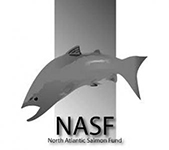
This is when our attentions should be naturally drawn towards that proven international salmon charity – the North Atlantic Salmon Fund (www.nasfworldwide.com) – run by that Icelandic giant of salmon conservation Orri Vigfusson.
Vigfusson has a long history of dealing with the salmon fishing industry in many countries – for the last 3 decades this award-winning entrepreneur and environmentalist has brought about monumental change through negotiating netting buyouts and arranging alternative sources of income for indigenous salmon netsmen. The absolute focus of his organisation is on creating salmon abundance. He has long argued that it is only through salmon abundance (rather than lesser scientific-orientated objectives such as ‘minimum spawning targets’) that we can create diversity as well as sustainable and profitable sport fisheries.
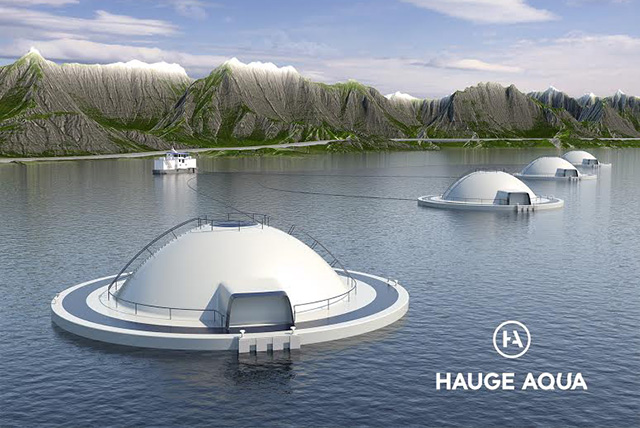
His organisation’s track record speaks for itself. NASF has been behind all the critical and game-changing events of the last 20 years – the buyouts of the Icelandic, Greenlander, English and Irish drift net fisheries to name just a few – as well as being a highly effective international lobbying force in the corridors of power in the salmon producing nations (a recent bruising encounter with the Scottish Government helped bring about the current ban on Scottish netting). With a current campaign targeting the end of the remaining English and Norwegian salmon netting and the relocation of salmon farms to recirculated enclosed systems, NASF are also in the process of drawing up a comprehensive game plan for the coming years. One thing is for sure for potential donors – Orri Vigfusson will use his entrepreneurial skills to ante up your money to the full and NASF can be relied upon to never lose sight of its clear objectives while engaging in truly practical measures that aim to get in more fish in rivers and more bends in rods.
And in such uncertain times for the future of Atlantic salmon, and possibly even the very viability of many UK salmon fisheries, who better to put our trust in to bring us back from the brink? Perhaps, as they say, the night really is darkest just before the dawn.
>> Join the conversation
We want to hear your thoughts and comments on this topic so please do join the conversation and post your thoughts on this thread primarily hosted in our Salmon Fishing Forum News pages at www.salmonfishingforum.com .
Alternatively you can also join in the discussion on your local fly fishing forum in North America – www.theflyfishingforum.com or www.flyfishing.co.uk for the UK & Europe.

